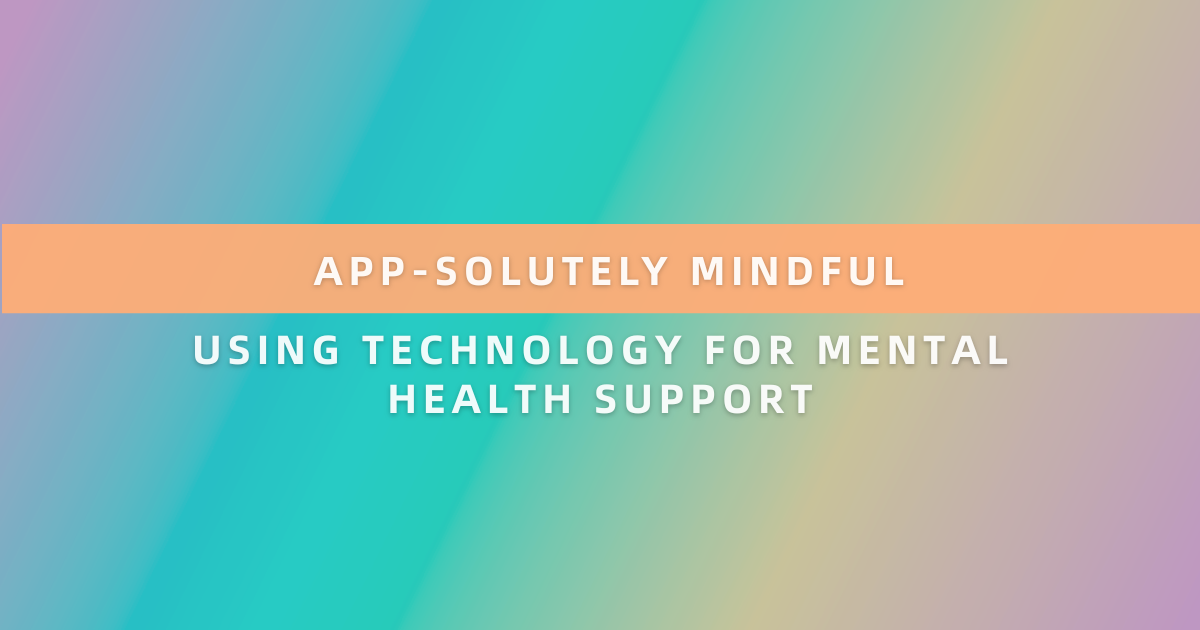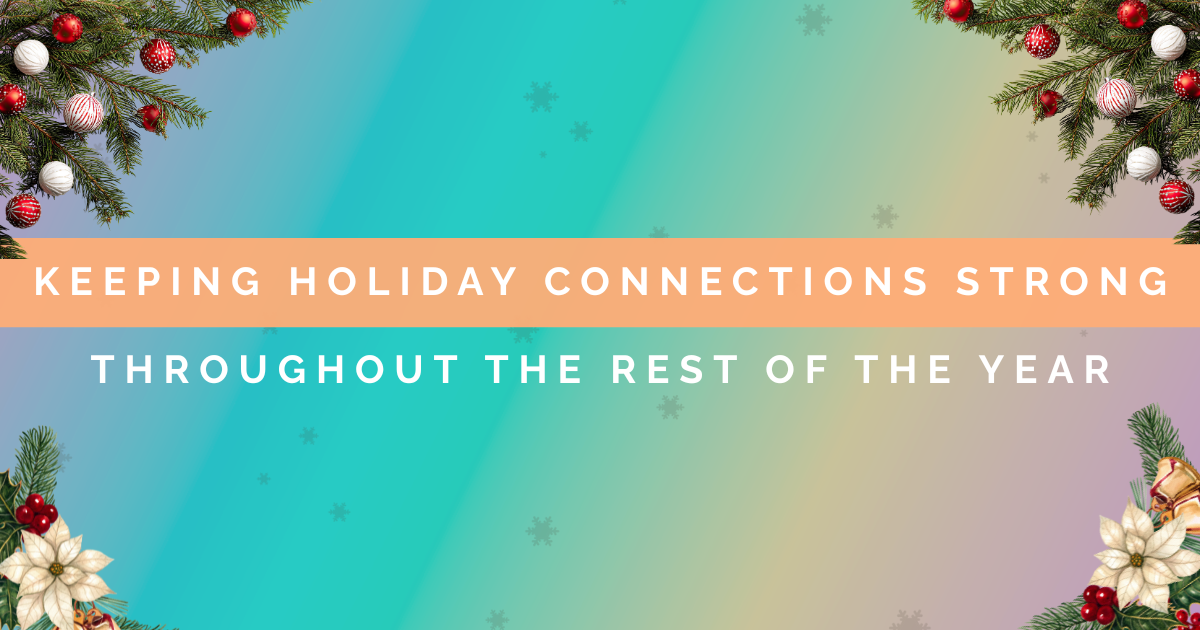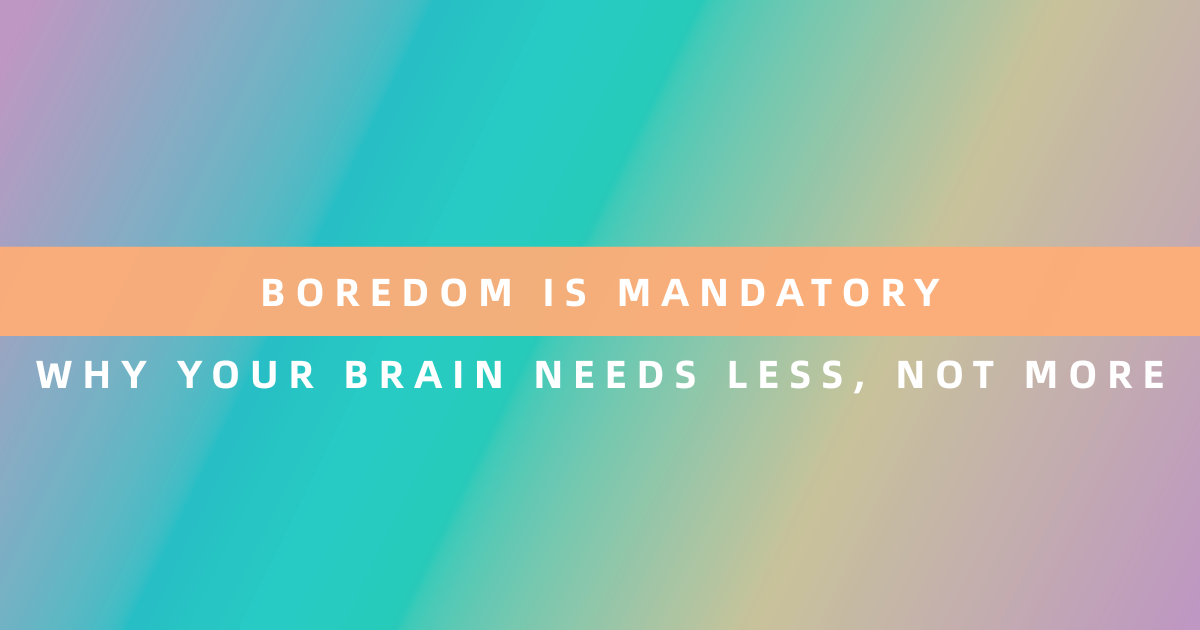Another notification, another demand for attention, another moment pulled away from the present. Sound familiar? We live in an era where technology promises connection but often delivers distraction, where apps claim to simplify life yet somehow make everything feel more complicated.
But what if that same device causing you stress could actually become your mental health ally?
The Technology Paradox We All Face
Technology and mental health share a complicated relationship. Studies show that excessive screen time correlates with increased anxiety and depression, particularly among young adults. Yet mental health apps have exploded in popularity, with the global market expected to reach $16 billion by 2030. This contradiction leaves many of us wondering: Is technology helping or hurting our mental well-being?
The answer isn’t black and white. Technology itself isn’t inherently good or bad for mental health. How we use it makes all the difference.
Consider how many people discovered meditation through smartphone apps during the pandemic. Or think about individuals in rural areas who finally accessed therapy through video calls when traditional options weren’t available. These examples show technology’s potential to democratize mental health support and break down barriers that previously kept people from getting help.
Understanding the Double-Edged Screen
When Technology Hurts
Many families witness concerning patterns as teenagers and adults alike develop unhealthy relationships with their devices. What starts as casual scrolling often transforms into compulsive behavior that affects sleep, relationships, and overall well-being. Common warning signs include:
- – Anxiety when separated from devices
- – Sleep disruption from late-night screen use
- – Declining face-to-face social interactions
- – Difficulty focusing without constant stimulation
- – Physical symptoms like headaches and eye strain
Social media platforms, designed to capture and hold attention, can trigger comparison spirals and FOMO (fear of missing out). The constant stream of curated lives makes many users feel inadequate, while algorithmic feeds create echo chambers that reinforce negative thought patterns.
When Technology Heals
Yet the same devices offer unprecedented access to mental health resources. Quality platforms provide:
- – Guided self-reflection through intelligent prompting
- – Pattern recognition in mood and behavior
- – Seamless communication between therapy sessions
- – Personalized coping strategies based on individual needs
- – Real-time support during challenging moments
- – Enhanced collaboration with mental health professionals
The key lies in intentional, mindful use rather than passive consumption. Platforms like Theryo exemplify this approach by creating structured, purposeful interactions that deepen self-awareness rather than scatter attention.
Building a Healthy Digital Ecosystem
Creating a supportive digital environment requires conscious choices about which apps deserve space on your device and time in your day. Start by auditing your current technology use:
Step 1: Track Your Digital Habits Spend one week monitoring your screen time and app usage. Most smartphones include built-in tracking features. Pay attention to:
- – Which apps consume the most time
- – When you reach for your phone (boredom? anxiety? habit?)
- – How you feel before and after using specific apps
- – Times of day when technology use peaks
Step 2: Identify Energy Drainers vs. Energy Givers. Not all screen time is created equal. Some apps leave you feeling drained, anxious, or inadequate. Others provide genuine value, connection, or support. Create two lists:
Energy Drainers might include:
- – Social media platforms that trigger comparison
- – News apps that fuel anxiety
- – Games that become compulsive escapes
- – Communication apps with toxic relationships
Energy Givers might include:
- – Therapeutic journaling platforms
- – Educational content that inspires growth
- – Mental health tools that track progress
- – Supportive community platforms
Step 3: Curate Mindfully. Based on your audit, make intentional choices:
- – Delete or hide energy-draining apps
- – Set time limits for necessary but potentially harmful apps
- – Move supportive apps to your home screen
- – Turn off non-essential notifications
- – Create “phone-free” zones in your home
Technology Tools That Actually Help
AI-Enhanced Mental Health Support
Modern mental health platforms go beyond simple mood tracking. Theryo’s AI-powered system, for instance, analyzes journal entries to identify patterns and triggers that might otherwise go unnoticed. This isn’t about replacing human insight but augmenting it. When clients write about their day, the AI helps surface themes and connections, creating richer material for therapy sessions.
The platform’s initial journey feature demonstrates another breakthrough: personalized mental health education. Rather than generic advice, users receive tailored information about therapy approaches that match their specific needs and preferences. This targeted approach helps people make informed decisions about their mental health care from the start.
Collaborative Care Planning
Traditional therapy often feels disconnected between sessions. Clients forget important insights, and therapists miss crucial daily context. Digital platforms bridge this gap through features like:
- – Shared care plans that evolve with client progress
- – Session summaries are accessible to both parties
- – Secure document sharing for relevant materials
- – Progress tracking is visible to clients and providers
These tools transform therapy from isolated weekly sessions into continuous, collaborative care.
Intelligent Session Support
One of therapy’s biggest challenges is capturing the nuance of sessions while staying present with clients. Theryo addresses this through session transcription and AI-generated summaries. Therapists can focus entirely on their clients, knowing that key insights and action items will be captured and organized automatically.
This technology doesn’t just save time; it improves care quality. When therapists can review AI-highlighted patterns from previous sessions, they spot connections that might otherwise be missed. Clients benefit from clearer action items and better continuity between sessions.
Daily Mental Health Integration
The most effective mental health support happens daily, not just during scheduled appointments. Platforms that integrate into daily routines see better outcomes. Features that support this include:
- – Morning check-ins that set positive intentions
- – Evening reflections that process the day’s events
- – Real-time coping strategy suggestions
- – Pattern recognition across time
- – Integration with existing therapeutic homework
Creating Sustainable Digital Wellness Habits
Morning Routines That Set the Tone
Many people reach for their phones before their feet hit the floor. This habit immediately floods the brain with information, notifications, and demands. Instead, consider starting your day with purposeful technology use:
- – Open a mental health app for a brief check-in
- – Review yesterday’s insights or progress
- – Set an intention for the day
- – Complete a guided breathing exercise
This transforms morning phone use from reactive scrolling to proactive self-care.
Therapeutic Journaling Throughout the Day
Unlike traditional journaling, digital platforms offer prompts and structure that make reflection more effective. Theryo’s approach shows how AI can guide users to explore feelings more deeply:
- – Intelligent prompts based on previous entries
- – Pattern recognition that highlights recurring themes
- – Emotion tracking that goes beyond simple ratings
- – Connections between events and emotional responses
Regular digital journaling becomes a form of continuous therapy homework, preparing rich material for professional sessions.
Evening Integration and Reflection
End-of-day routines benefit from thoughtful technology use. Rather than endless scrolling, structured reflection helps process daily experiences:
- – Review the day’s emotional patterns
- – Identify triggers and successful coping strategies
- – Note topics to discuss in therapy
- – Practice gratitude or other therapeutic techniques
This purposeful evening practice improves sleep quality and provides closure to the day’s experiences.
Finding Balance in a Connected World
Perfect digital minimalism isn’t the goal. Technology serves important purposes in modern life, from maintaining relationships to accessing resources. The goal is conscious, balanced use that supports rather than detracts from well-being.
For mental health specifically, this means choosing platforms that:
- – Enhance rather than replace human connection
- – Provide structure and insights, not just data collection
- – Respect privacy while enabling necessary sharing
- – Support evidence-based therapeutic approaches
- – Integrate seamlessly with professional care
Theryo exemplifies this balance by positioning technology as a bridge between client and therapist, not a barrier. The platform strengthens the therapeutic relationship through enhanced communication and deeper insights.
Practical Strategies for Digital Mental Health
Choose Quality Over Quantity
Rather than downloading every mental health app available, select one comprehensive platform that meets multiple needs. Look for:
- – Integration with professional therapy
- – Evidence-based approaches
- – Strong privacy protections
- – User-friendly design
- – Proven outcomes
Set Boundaries That Stick
Technology boundaries work best when they’re specific and realistic:
- – Designate specific times for mental health app use
- – Turn off notifications except for appointment reminders
- – Use app limits for problematic platforms
- – Create technology-free spaces for reflection
Track Progress, Not Perfection
Digital mental health tools excel at showing patterns over time. Focus on:
- – Overall trends rather than daily fluctuations
- – Celebrating small improvements
- – Learning from setbacks without judgment
- – Sharing insights with your care team
The Path Forward
Technology will continue evolving, offering new challenges and opportunities for mental health. By approaching digital tools mindfully, we can harness their benefits while protecting our well-being. This means:
- – Choosing platforms that prioritize user well-being
- – Supporting transparent, ethical technology development
- – Advocating for privacy protection in mental health apps
- – Teaching healthy digital habits across generations
- – Integrating technology thoughtfully with traditional care
The same devices that can drain our mental resources also hold incredible potential for healing and growth. The choice lies in how we engage with them.
Your Next Step
Ready to transform your relationship with technology and your mental health journey? Start by examining which digital tools truly serve your wellbeing. Consider how a platform like Theryo could enhance your existing mental health support or help you take the first step toward professional care.
With features designed specifically to strengthen the client-therapist relationship through AI-powered insights, secure communication, and collaborative care planning, Theryo demonstrates how technology can amplify human connection rather than replace it.
Whether you’re a client seeking better support between sessions or a therapist looking to provide more comprehensive care, exploring purposeful mental health technology could be your next step toward transformation.
Frequently Asked Questions
Q: How does Theryo differ from other mental health apps?
Theryo focuses on enhancing the client-therapist relationship rather than replacing it. While many apps offer standalone tools, Theryo creates a collaborative platform where AI-powered insights, session transcription, and care planning tools strengthen professional therapy. The platform’s integration of advanced AI technology provides personalized support that adapts to each user’s unique needs.
Q: Can Theryo’s AI features really understand mental health complexities?
Theryo’s AI doesn’t diagnose or replace professional judgment. Instead, it identifies patterns, highlights themes, and helps organize thoughts for more productive therapy sessions. The AI serves as an intelligent assistant that helps both clients and therapists gain deeper insights into emotional patterns and progress over time.
Q: How much screen time is too much for mental health?
There’s no universal number that applies to everyone. Quality matters more than quantity. Purposeful use of mental health platforms like Theryo, which facilitate self-reflection and therapeutic progress, affects well-being differently than passive social media scrolling. Focus on how specific activities make you feel rather than strict time limits.
Q: Is my data safe on mental health platforms like Theryo?
Reputable platforms prioritize data security and privacy. Theryo implements HIPAA-compliant security measures, encrypts data both in transit and at rest, and maintains strict access controls. Always verify that any mental health platform you use clearly states its privacy practices and compliance standards.
Q: How can mental health apps support traditional therapy?
Quality platforms enhance therapy by providing tools for between-session support, progress tracking, and improved communication. Theryo’s features, like AI-powered journaling insights and session summaries, help clients and therapists make the most of their time together while maintaining momentum between appointments.
Q: What should I look for in a mental health technology platform?
Look for platforms that offer evidence-based approaches, strong privacy protections, integration with professional care, and transparent AI practices. Features like collaborative care planning, secure communication, and personalized insights indicate a platform designed to support genuine therapeutic progress.
Q: Can I use Theryo without seeing a therapist?
While Theryo offers valuable self-reflection tools and AI-powered insights that can support personal growth, the platform is designed to work best in conjunction with professional therapy. The collaborative features and session tools specifically enhance the therapeutic relationship and process.
Q: How do I know if technology is negatively affecting my mental health?
Warning signs include increased anxiety when separated from devices, disrupted sleep patterns, declining real-world relationships, difficulty concentrating without digital stimulation, and mood changes related to online activities. If technology use interferes with daily functioning, consider reassessing habits and focusing on purposeful, supportive platforms.
Q: What makes AI useful in mental health support?
AI excels at pattern recognition, organizing information, and providing consistent support. In mental health contexts, AI can help identify emotional patterns, suggest relevant coping strategies, and maintain continuity between therapy sessions. When used ethically, AI enhances human care rather than replacing it.
Q: How can I introduce digital mental health tools to my therapist?
Start by discussing your interest in using technology to support your therapy work. Share specific features you find helpful, such as mood tracking or journaling capabilities. Many therapists appreciate clients taking active roles in their care and may be interested in platforms like Theryo that enhance rather than complicate the therapeutic process.
Q: What’s the best way to build sustainable digital wellness habits?
Start with one or two purposeful changes, like using a mental health platform for morning check-ins or evening reflections. Choose tools that align with your therapeutic goals and integrate naturally into your routine. Focus on consistency over perfection, and regularly assess whether your digital habits support your overall wellbeing.







